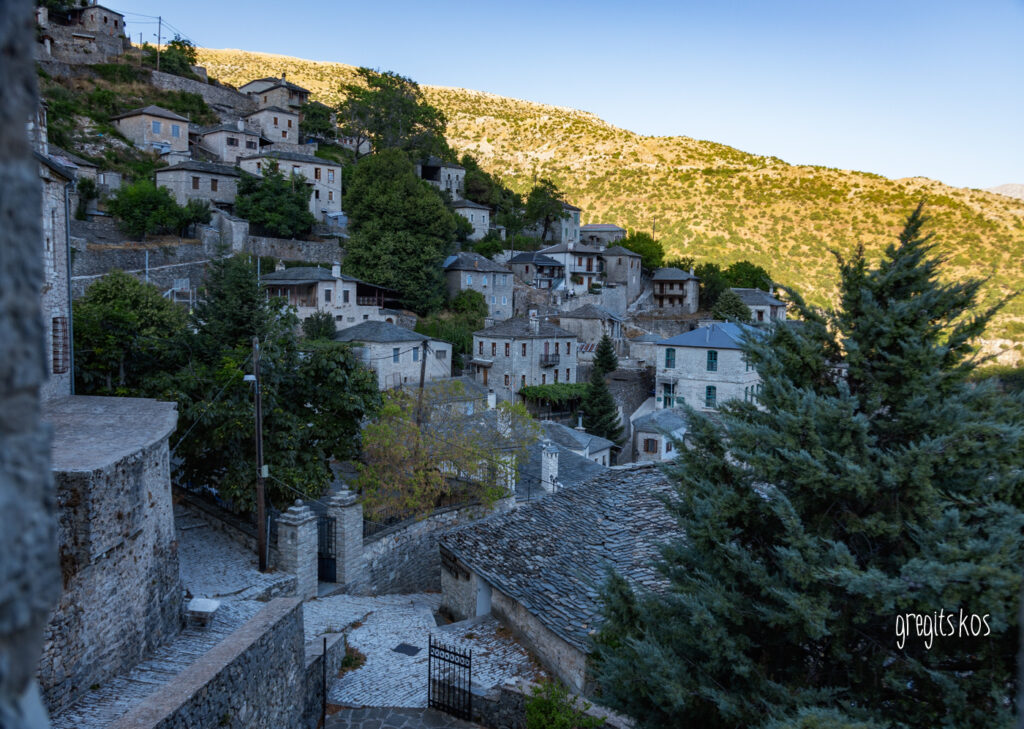 August in the high Tzoumerka mountains means greenery, waters and bridges, a stone scenery everywhere around and a rare peace from the moment you take the road into the mountains. The snake shaped uphill road on the slopes of Mount Lakmos, leads us to Sirrako. Hooked on the slope and merged with the landscape. A stop for panoramic photos on the ring road that leads to the upper entrance of the village is a must. Cars can’t enter the village, so park your vehicle at the open space before the first houses or in the area before the stone gate. There is also the central entrance at the low point of the village if you prefer! And here starts the walking on the cobblestone alleys! All with a considerable incline, so mind the shoes you wear! Along the way, I realized how essential a stave is and why all the residents were using one!
August in the high Tzoumerka mountains means greenery, waters and bridges, a stone scenery everywhere around and a rare peace from the moment you take the road into the mountains. The snake shaped uphill road on the slopes of Mount Lakmos, leads us to Sirrako. Hooked on the slope and merged with the landscape. A stop for panoramic photos on the ring road that leads to the upper entrance of the village is a must. Cars can’t enter the village, so park your vehicle at the open space before the first houses or in the area before the stone gate. There is also the central entrance at the low point of the village if you prefer! And here starts the walking on the cobblestone alleys! All with a considerable incline, so mind the shoes you wear! Along the way, I realized how essential a stave is and why all the residents were using one!
In the central square, laid out in levels, young and old gather. Some sit on the terraces under the dome of the impressive fountain “Gura” (“mouth” in Vlach), others in the forecourt of the church of Agios Nikolaos (gold-woven Russian epitaph and excellent wood-carved iconostasis). Everyone speaks Vlach! I’m eavesdropping to catch some words, but… in vain! The younger ones meet on the lower level of the square where there are also 2 tavernas. Taste the traditional dishes!
 Our guest house (Casa calda) is dreamy on the highest point of the settlement, with its courtyard, its stone arches, its view! Carved stone on the walls and slate roofs of all the houses in the village rebuilt according to the local traditional architecture.
Our guest house (Casa calda) is dreamy on the highest point of the settlement, with its courtyard, its stone arches, its view! Carved stone on the walls and slate roofs of all the houses in the village rebuilt according to the local traditional architecture.
The cobblestones climb the slope, pass through all the doors creating a picturesque setting. Every corner is a frame! I spontaneously think how much effort was needed to keep them so well preserved since the means are lack due to the physiology of the place. We take the downhill alley towards the center of the settlement. Apart from the main square there is the statue square. We walk through all the narrow streets; we enter the house of K. Krystallis (today a museum-library). An enthusiastic guide welcomes us and speaks passionately about the history of the place and all the culture and daily life of the area. Stop at the Folklore Museum of Avdikos and the old school (a guesthouse nowadays) which stands out in its place due to its size. Enjoy coffee or food in its yard (we went late in the afternoon)
Although the permanent residents are around 50, the village comes alive during summer, as we were told. A big festival is held here on August 15th.
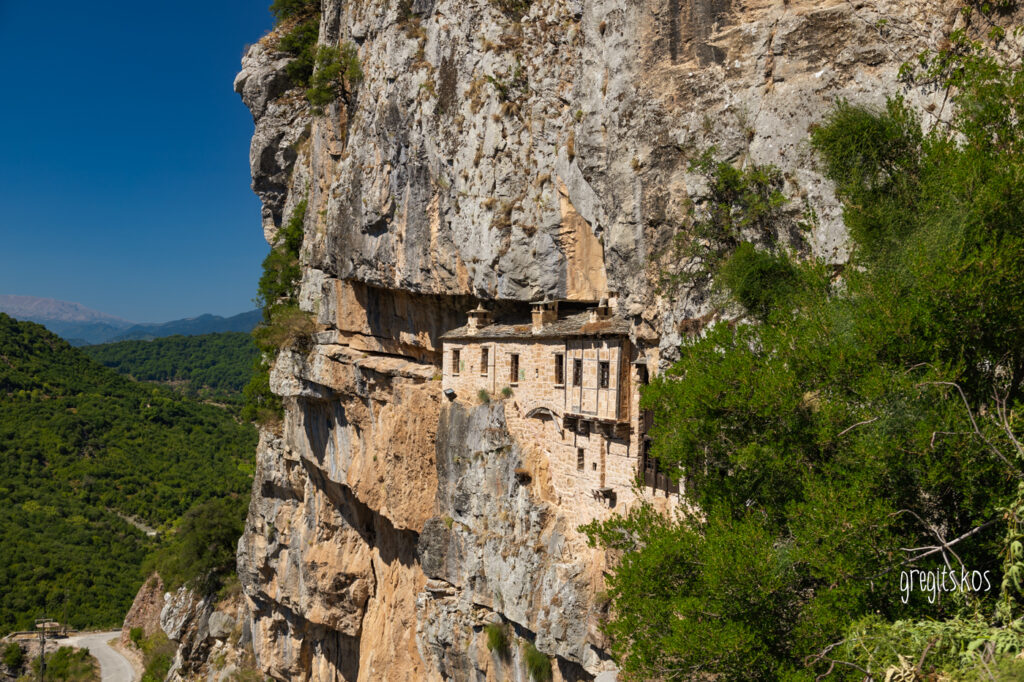 Next outing the Chrousia gorge which was the Greek-Turkish border from 1881 to 1912. It separates the neighbor settlements of Kalarrites and Sirrako. You can see the neighbor across the street, but you have to run the miles to reach it. 3 km on foot, 25 by car and a 45′ ride. If you drive though, you have a bonus! You have a chance to visit the monastery of Kipina (Assumption of the Virgin Mary) on the way to Kalarrites. See beforehand that it’s open to visitors because it’s not to be missed! Adhered to the wild rock overlooking the gorge of the Kalarritikos river, it is impressive inside and out. Inside the cave, in the church, 17th century hagiographies are preserved until today. What strength did people have to build what our eyes see! (TIP: If it’s winter, ask for the key in the village, in Kipina.)
Next outing the Chrousia gorge which was the Greek-Turkish border from 1881 to 1912. It separates the neighbor settlements of Kalarrites and Sirrako. You can see the neighbor across the street, but you have to run the miles to reach it. 3 km on foot, 25 by car and a 45′ ride. If you drive though, you have a bonus! You have a chance to visit the monastery of Kipina (Assumption of the Virgin Mary) on the way to Kalarrites. See beforehand that it’s open to visitors because it’s not to be missed! Adhered to the wild rock overlooking the gorge of the Kalarritikos river, it is impressive inside and out. Inside the cave, in the church, 17th century hagiographies are preserved until today. What strength did people have to build what our eyes see! (TIP: If it’s winter, ask for the key in the village, in Kipina.)
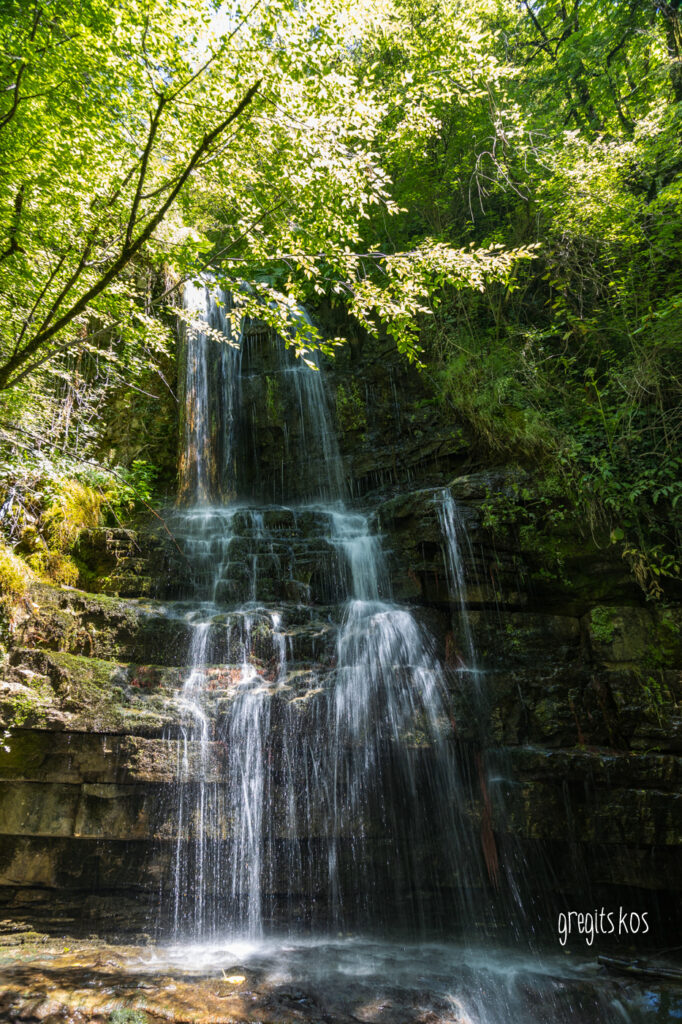 After a 4′ drive, further on you meet the point where you can enter the gorge, stop at Kouisas Bridge. Do so! At a short distance (10′ walk) there is an old water mill that functions as a refreshment stand. Cool your feet in the water of the Kalarritikos stream (if you can stand the cold temperature!). And then head uphill again at 1200m. for Kalarrites. Cars are not allowed here as well.
After a 4′ drive, further on you meet the point where you can enter the gorge, stop at Kouisas Bridge. Do so! At a short distance (10′ walk) there is an old water mill that functions as a refreshment stand. Cool your feet in the water of the Kalarritikos stream (if you can stand the cold temperature!). And then head uphill again at 1200m. for Kalarrites. Cars are not allowed here as well.
It was once a village of silversmiths with their workshops manufacturing famous ecclesiastical silverware and jewelry. It is said Bulgari started his business here! Samples can be seen at the Museum of Silversmithing (old school building). But they also excelled with wool, capes and woven fabrics. All this from 1750 to 1821. Agios Nikolaos church stands (1480) high up the hill and there are stone fonts with names all around like “Nessis” (at the square), “Goura”, “Fitros” and “Parashis” with the vaulted dome.  Walk through the narrow streets with the old mansions of the rich merchants who once lived here and at the square enter the house-museum of A. Golfinopoulou. The family still lives in the 1872 mansion and guides visitors to old times through the wealth of exhibits.
Walk through the narrow streets with the old mansions of the rich merchants who once lived here and at the square enter the house-museum of A. Golfinopoulou. The family still lives in the 1872 mansion and guides visitors to old times through the wealth of exhibits.
Off to “Akanthos” tavern directly across the street, a little higher up from the square. Napoleon and his wife prepare special local dishes in the oldest department store in the area. It functions as a grocery store-cafe-tavern-shoe shop all at the same time being almost 200 years old! It’s a time travel, you’ll see!
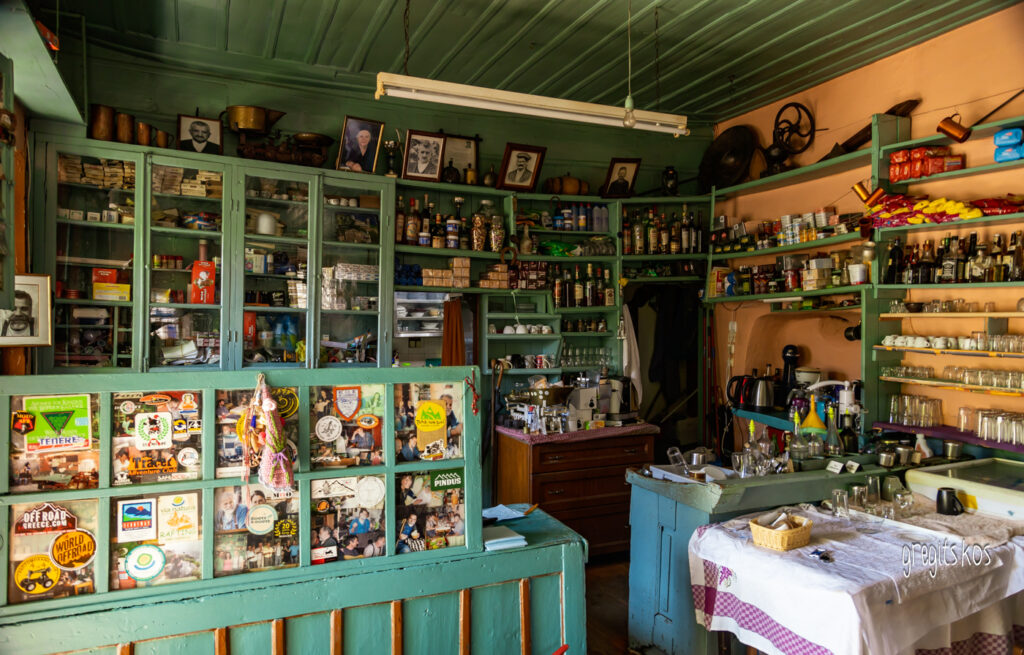 Now, if you stay longer, spend a day at the villages on the opposite slope. Pramada, Agnanda, Tsopela and Melissourgoi. You can easily reach the bridge of Plaka as well. Estimate the distance at 2-3 minutes’ drive per a kilometer.
Now, if you stay longer, spend a day at the villages on the opposite slope. Pramada, Agnanda, Tsopela and Melissourgoi. You can easily reach the bridge of Plaka as well. Estimate the distance at 2-3 minutes’ drive per a kilometer.
Set off for Pramada, drive past them and head for Anemotrypa cave. Unfortunately, we didn’t manage to enter for a tour. But you check it out and visit! They say it’s totally worth it! Entrance fee costs 3 euros (tel. 26590 61516, 6958054441).
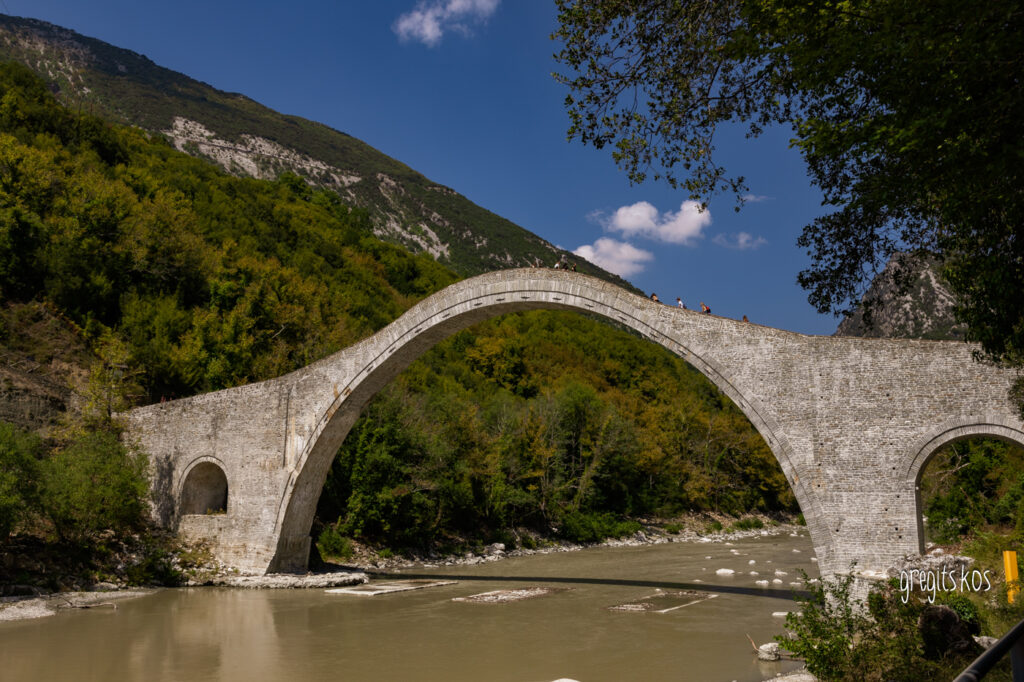 |
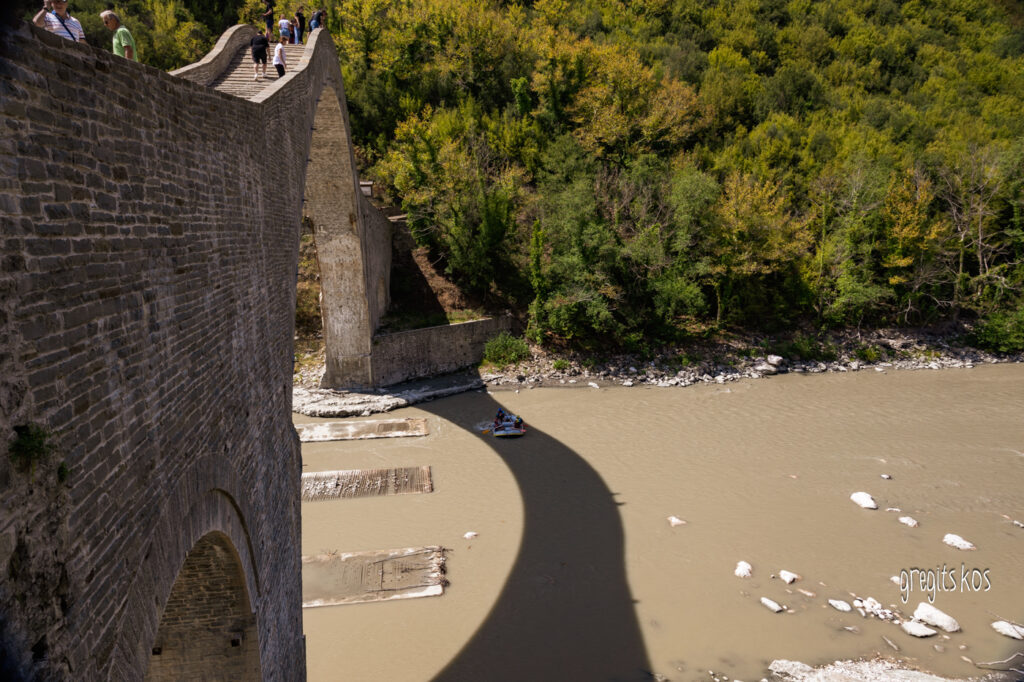 |
Plaka bridge was our reward! Built in 1866, it is the largest single-arched bridge in the Balkans, with a span of 40 meters, a height of 19 meters and an opening at the top of 3.2 meters. It was reconstructed in 2019. See that you have to turn right before entering the settlement. Otherwise, the road will take you to the other side of the river and you will have to walk a long way on the path to the end of the bridge. However, you will be compensated by the panoramic view! Arachthos is full in clay and the water is grey when it rains. Go in for a natural spa! Many choose to go down the river in boats. And a nice refreshment bar operates in the building of the old customs office next to the highest bridge in the Balkans.
 When lunch is at question choose Pramada for food with a view, in Boutzas tavern. Their spits are turning mercilessly! If it’s Sunday and you fancy a table by the window, you need to be provident and book one on time. Note that I have never seen a village with so many visual arts on every wall, corner and square. And everything taken care of. Well done!
When lunch is at question choose Pramada for food with a view, in Boutzas tavern. Their spits are turning mercilessly! If it’s Sunday and you fancy a table by the window, you need to be provident and book one on time. Note that I have never seen a village with so many visual arts on every wall, corner and square. And everything taken care of. Well done!
“Horizons of Tzoumerka” resort, next to Tsopelas settlement was our next visit for a coffee. Fill your eyes with amazing nature views. As if entering some poster… you feel like running on the grass with the peaks of Tzoumerka in the background. Sweets and coffees arrive on the terrace! Enjoy!!!
There are more to see and do in the area depending the time and the type of tripper you are. The place can easily meet all nature lovers’ needs!




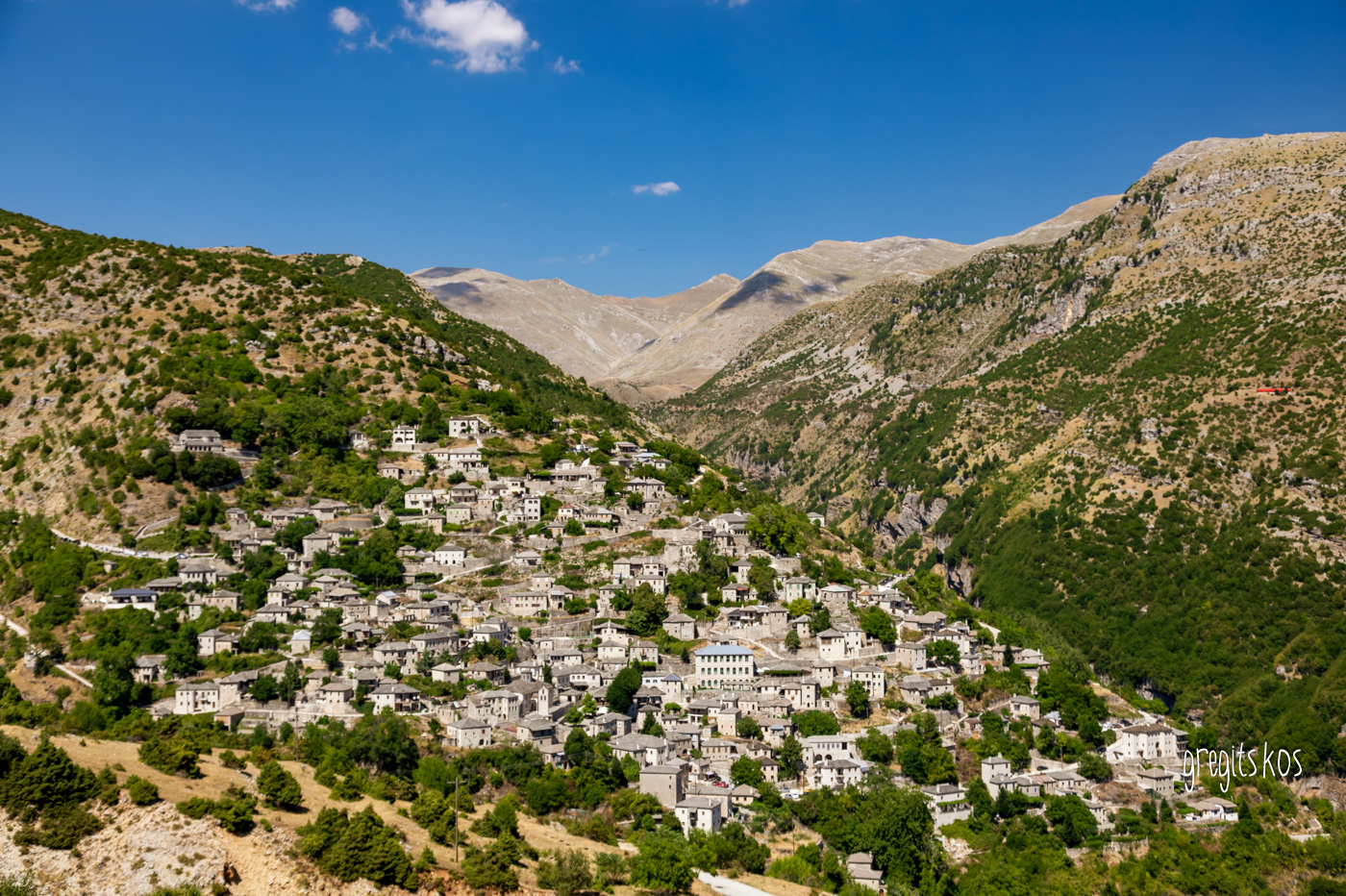
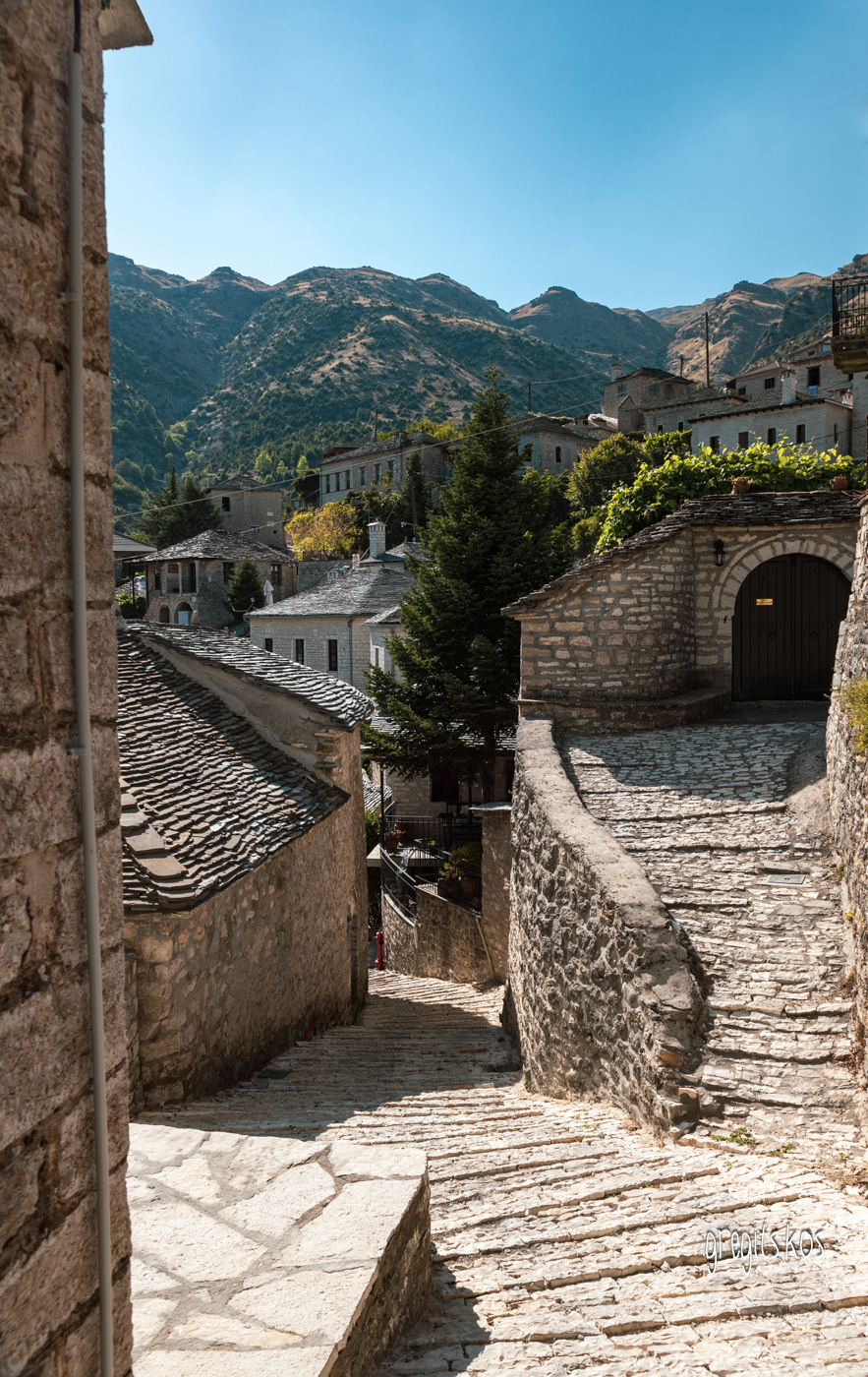
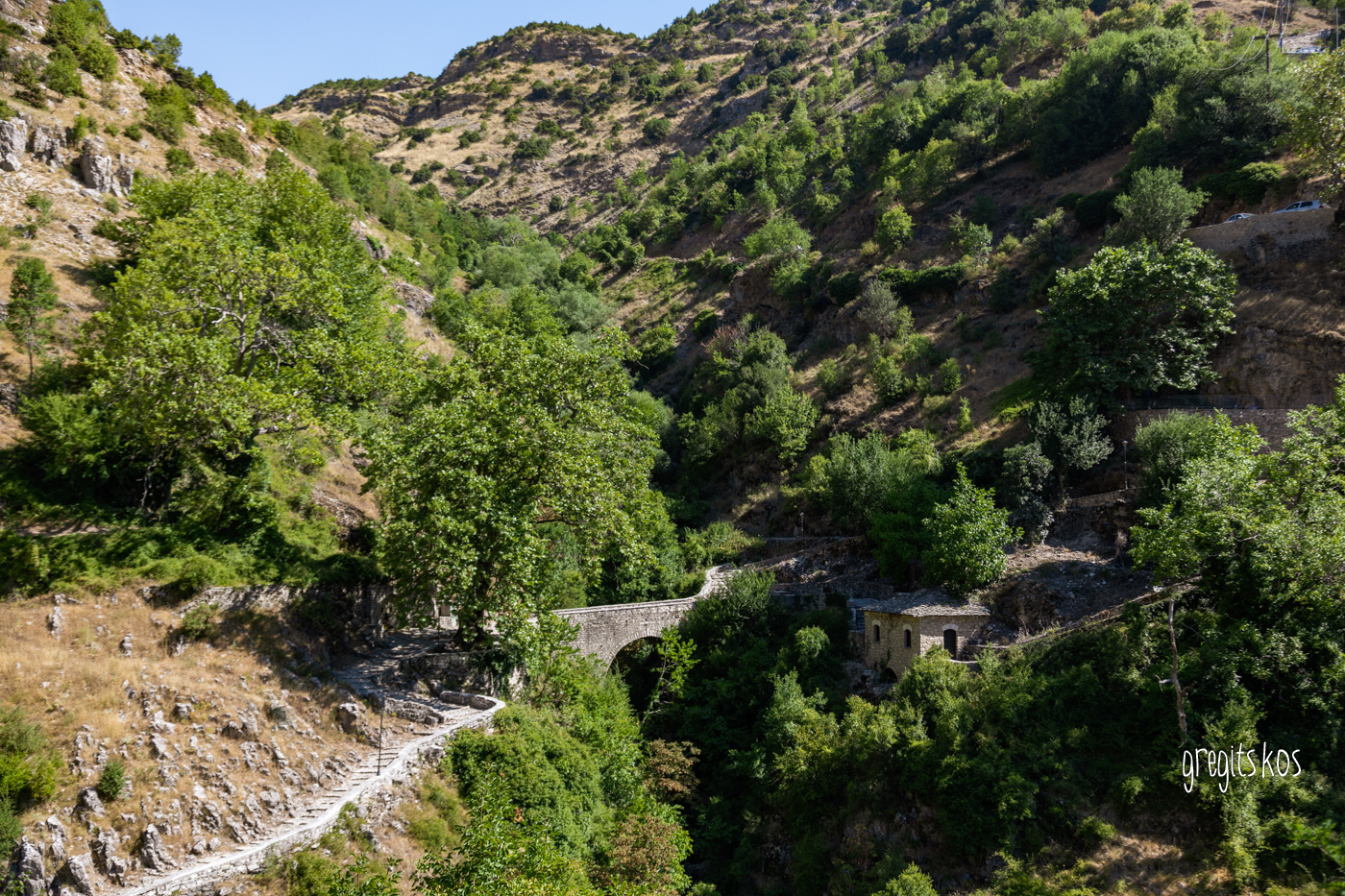

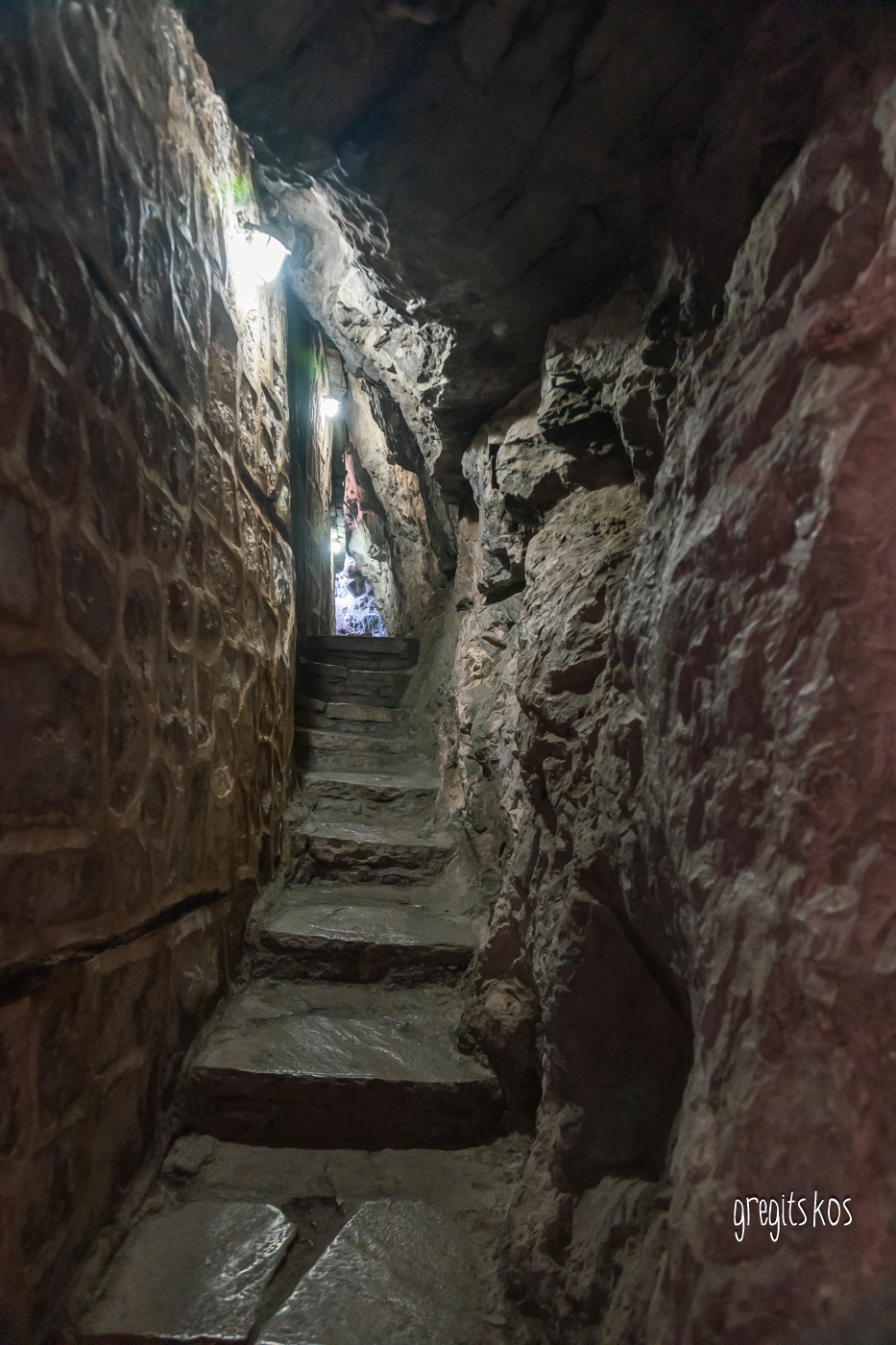

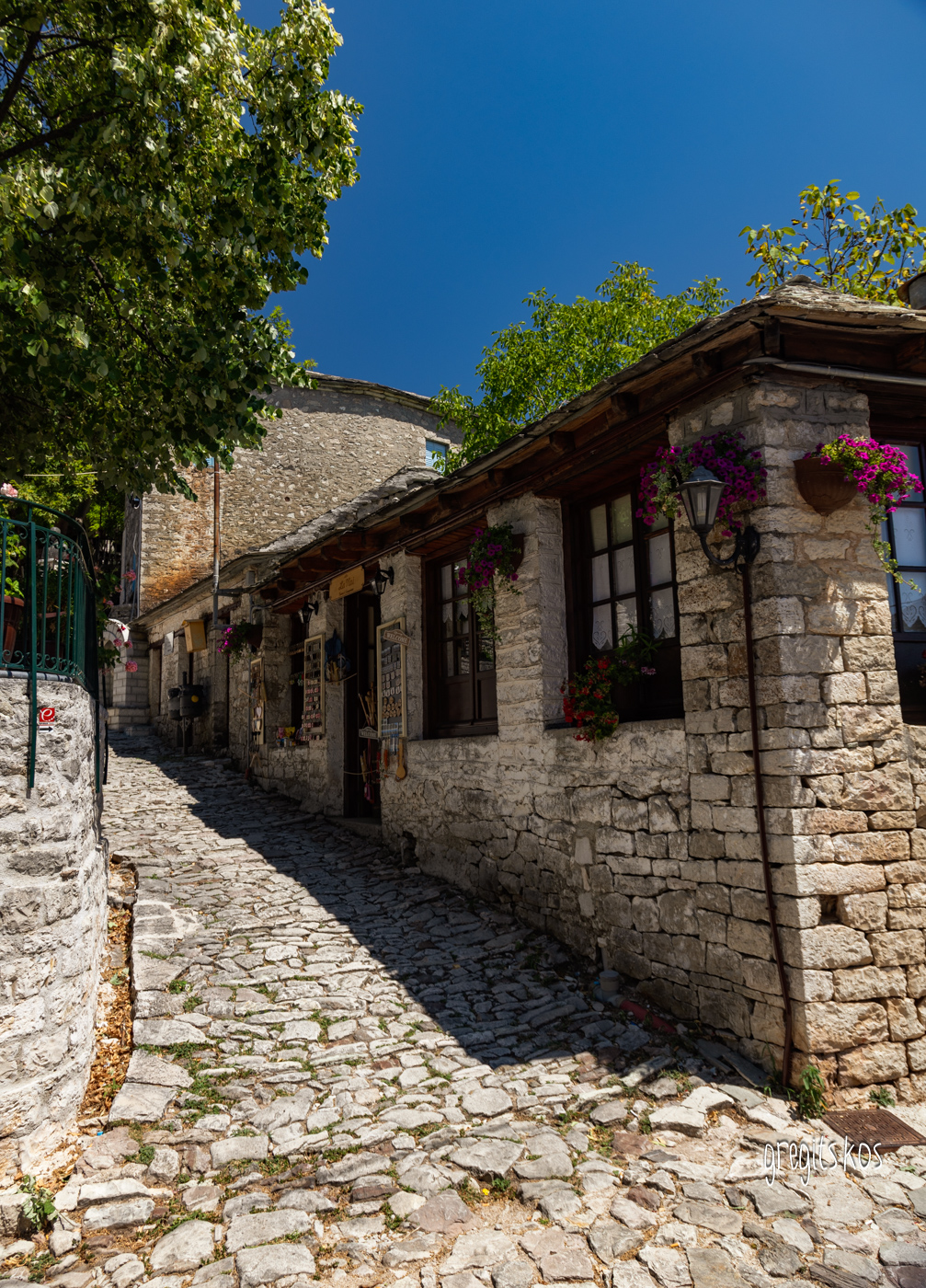
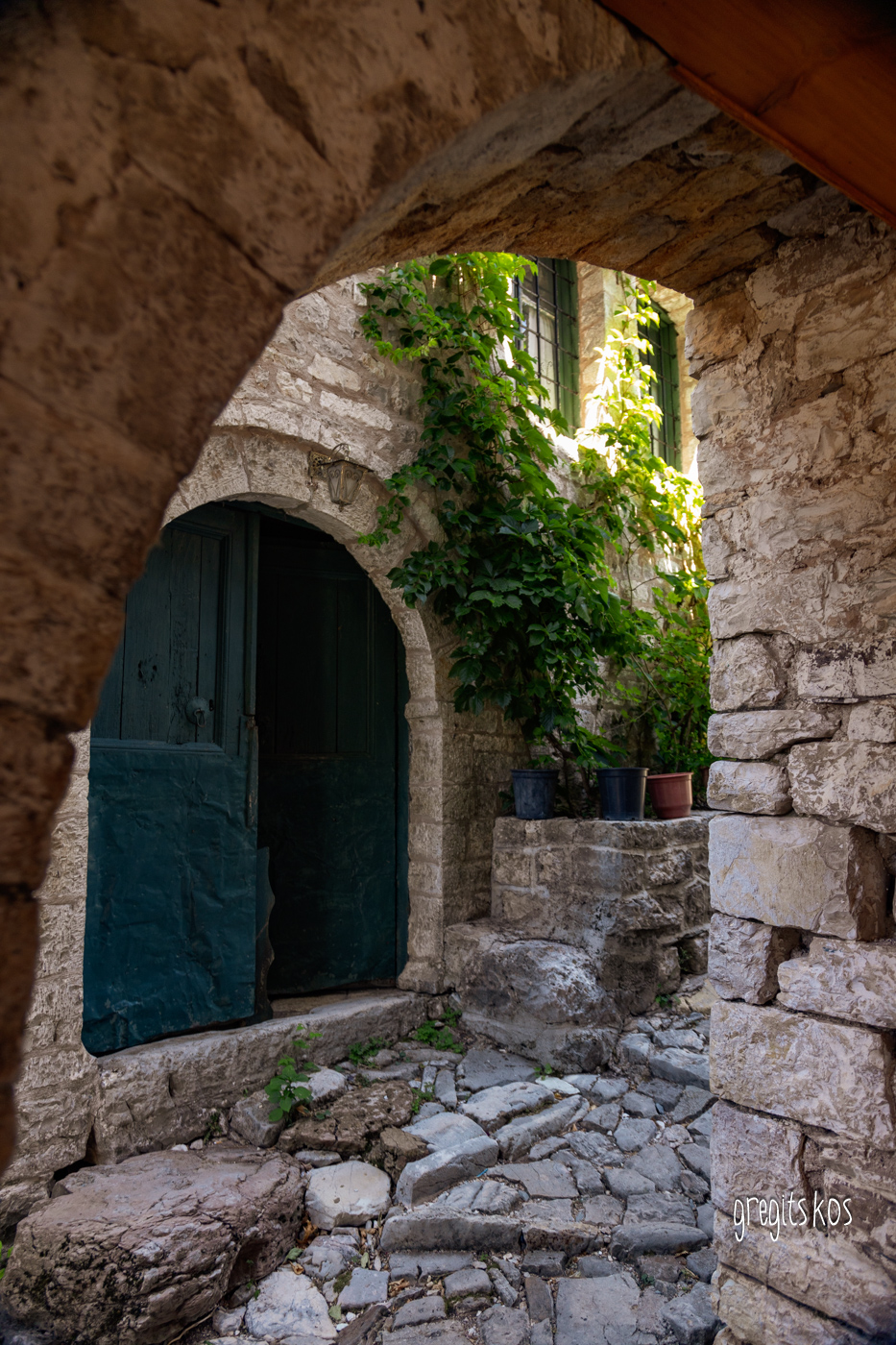

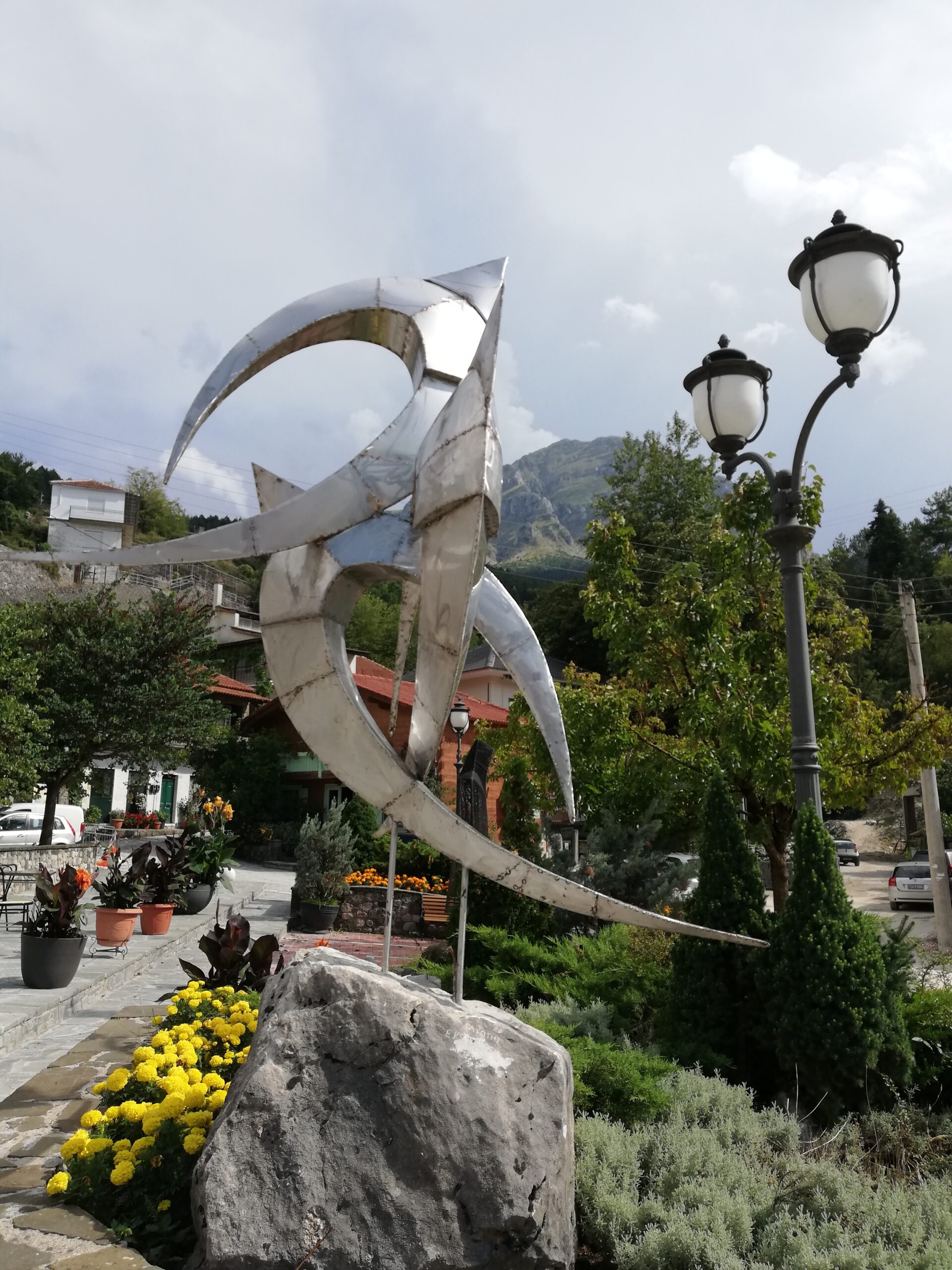
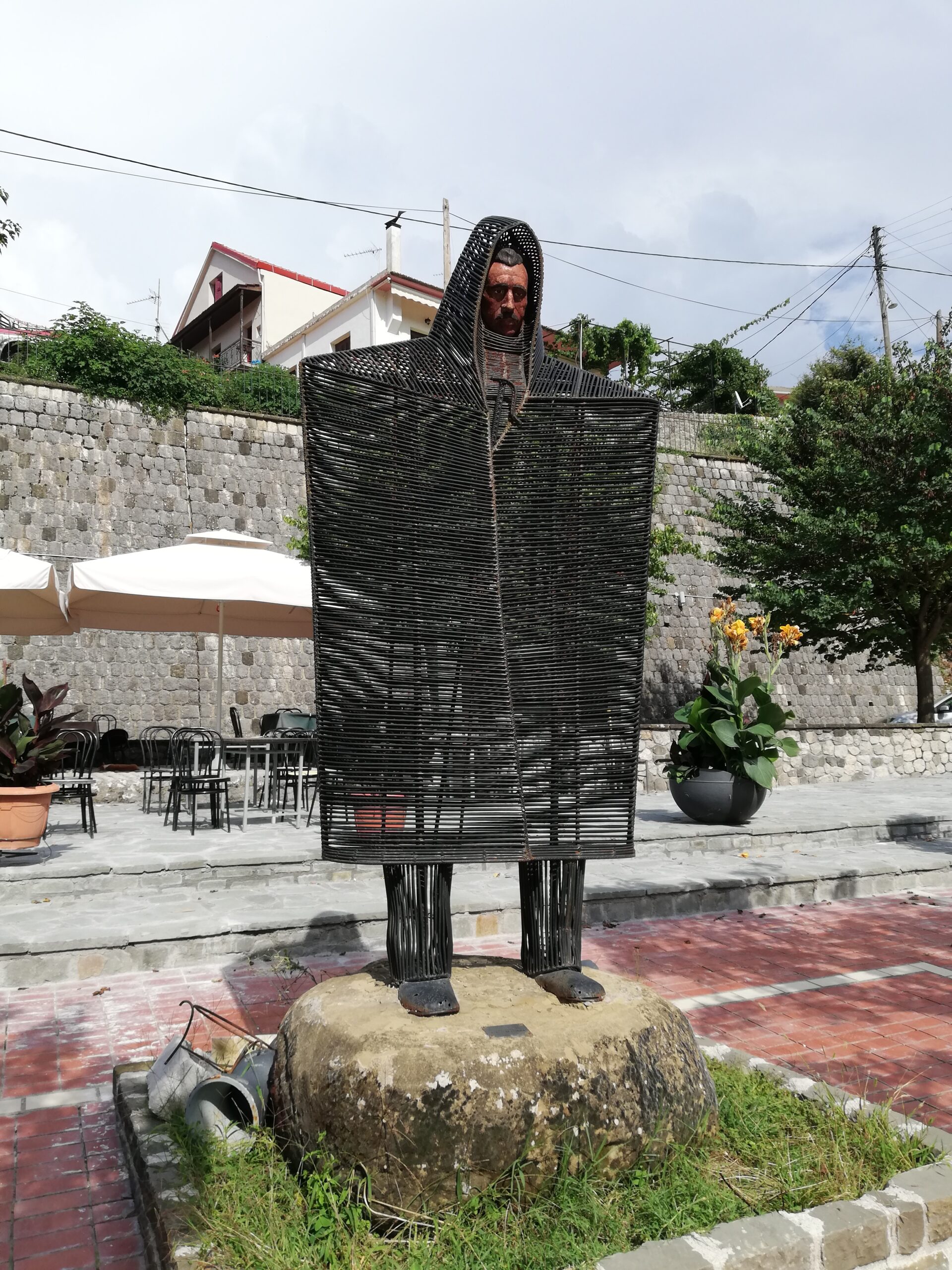
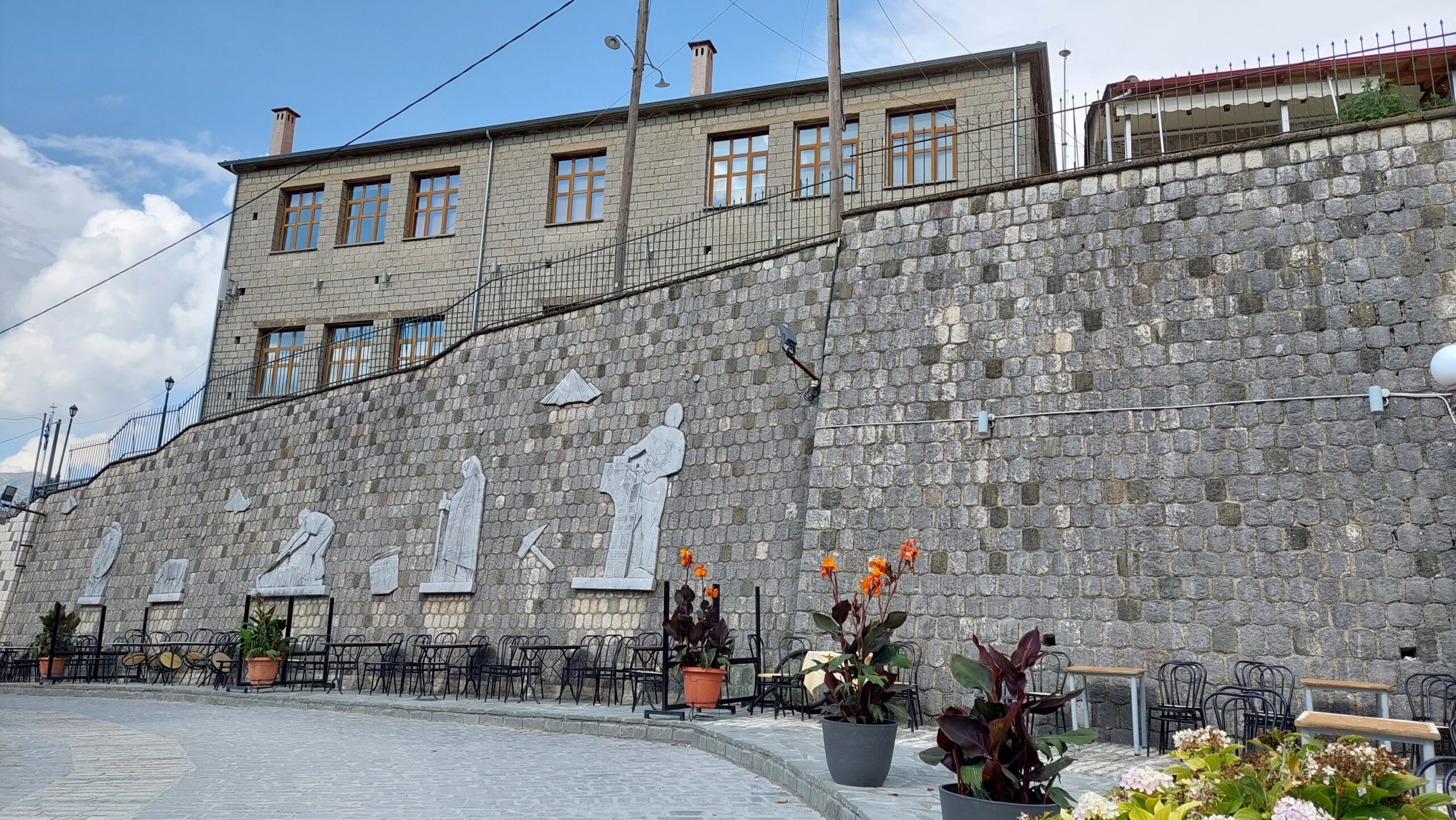
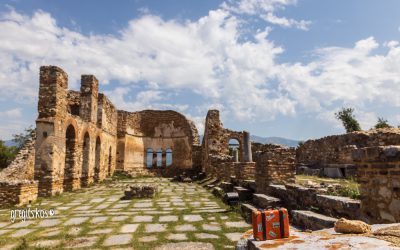
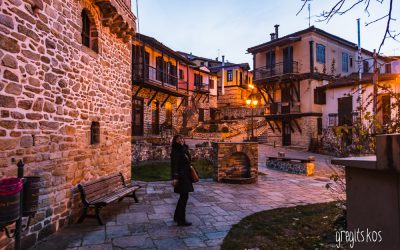

0 Comments